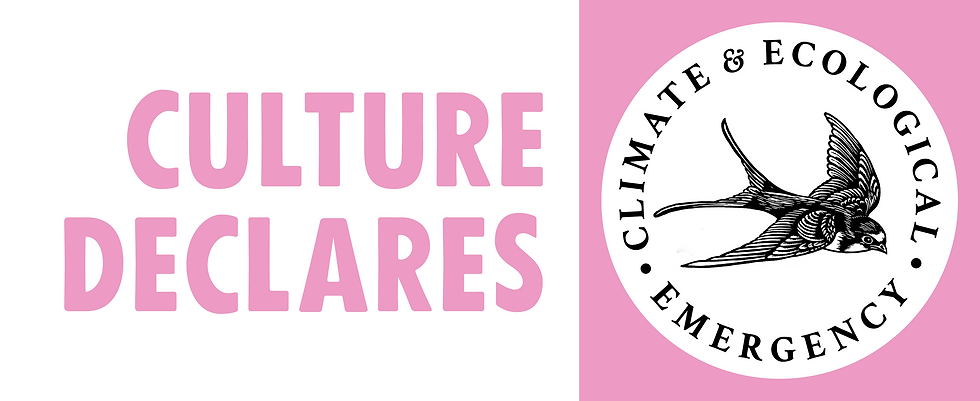Sustainability in the Museum Sector
- Kristina Markina

- Aug 13, 2020
- 1 min read
Environmentally friendly practices are crucial to the museums and heritage sector and museums increasingly need to model green behavior and sustainability, from recycling to managing energy use.
The Green Tourism Scheme is the largest green accreditation scheme in the world. Any business that has been accredited ‘green’ will have implemented initiatives across its business that contribute a significant benefit to the environment and to responsible tourism. Many of these things may be behind the scenes such as energy efficient boilers, insulated lofts or grey water recycling, but there are many fun activities that you can expect to find too. For example, your organisation should be able to advise visitors about traditional activities nearby, the best places to sample local food or buy craft products, or even help them to enjoy a ‘car-free’ day out.
ISO14001 is probably the best known and certainly the most popular standard for Environmental Management. It provides organisations with a framework to allow them to set up an effective environmental management system. As with other ISO 14000 standards, this is voluntary, its main aim being to assist companies in continually improving their environmental performance, while complying with any applicable legislation. Organisations are responsible for setting their own targets and performance measures, with the standard serving to assist them in meeting objectives and goals and in the subsequent monitoring and measurement of these.
Link to the full article: https://advisor.museumsandheritage.com/features/sustainability-in-the-museum-sector/
In dissertation: it is vital to be aware to current awards and programs that any organisation (including a museum) could receive and be accredited for its green activities and approaches.




Comments